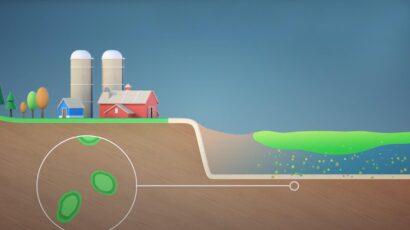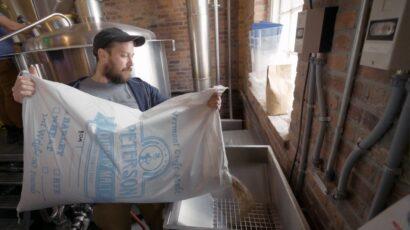Protecting Our Clean Water
Reducing phosphorus, the greatest threat to clean water in Lake Champlain
Achieving Lake Champlain’s
Clean Water Goals
Clean water is the foundation of the Lake Champlain Basin’s diverse ecosystems, vibrant communities, and recreation opportunities. Lake Champlain’s water is generally clean, but too much phosphorus sometimes poses challenges.
A Total Maximum Daily Load (TMDL) was developed to help ensure the Lake is clean for generations to come. A TMDL is a pollution budget that establishes limits for the amount of phosphorus the Lake can receive and remain healthy. It also identifies the reductions needed from different areas of the landscape for healthy water in the Lake. An implementation plan for the TMDL defines hundreds of specific actions to be implemented on the land to help meet TMDL goals.
Stories From the Field
Find out how people are working in a variety of ways to help achieve the goals of the Lake Champlain phosphorus Total Maximum Daily Load (TMDL).
Want to find out more
about the TMDL?
The Lake Champlain phosphorus TMDLs and the work to achieve their goals are very complex. This Clean Water Commitment website only touches the surface. If you want to really dive deep, visit the Resources page!












